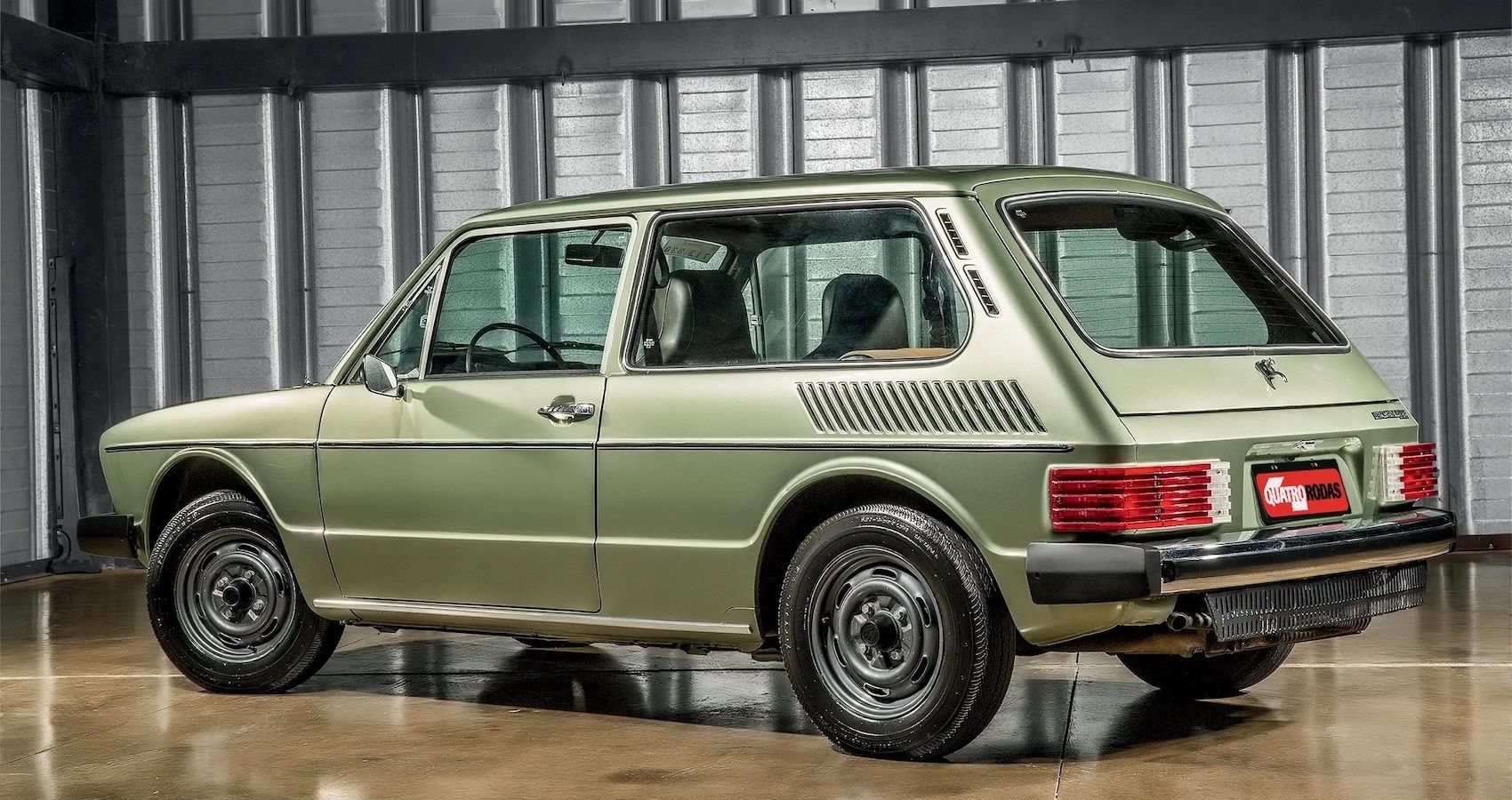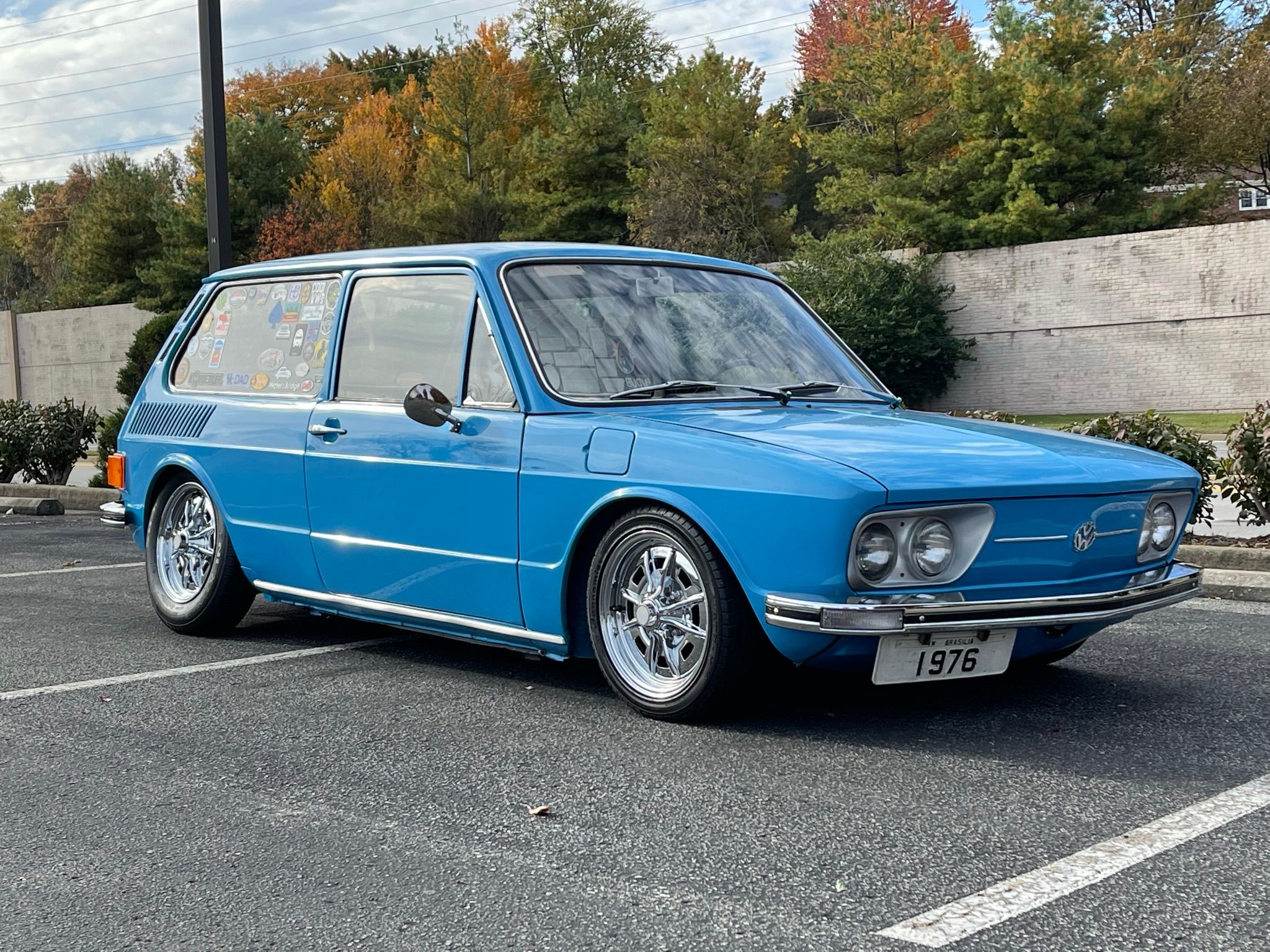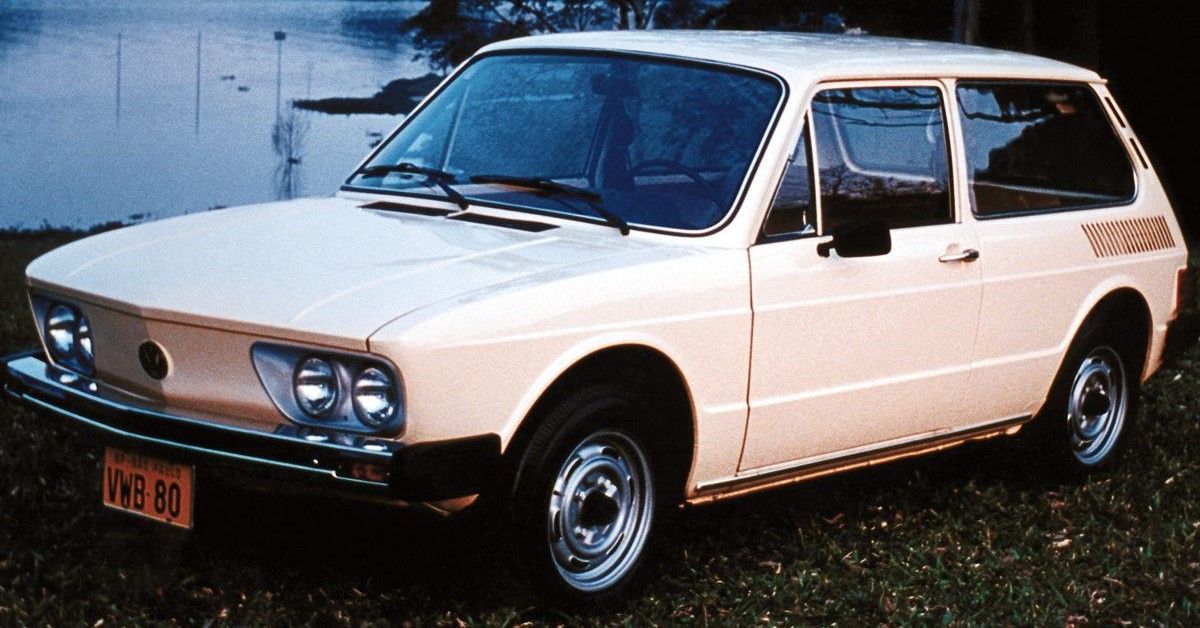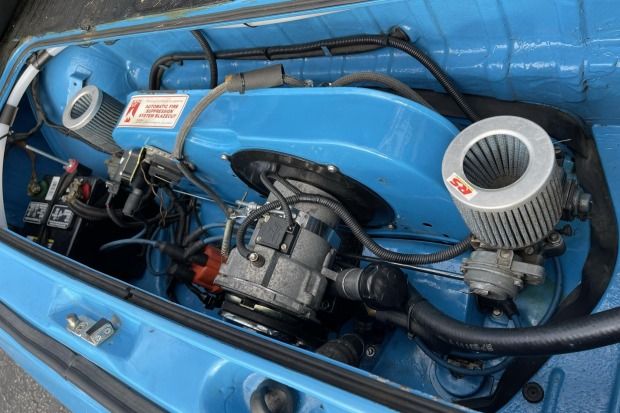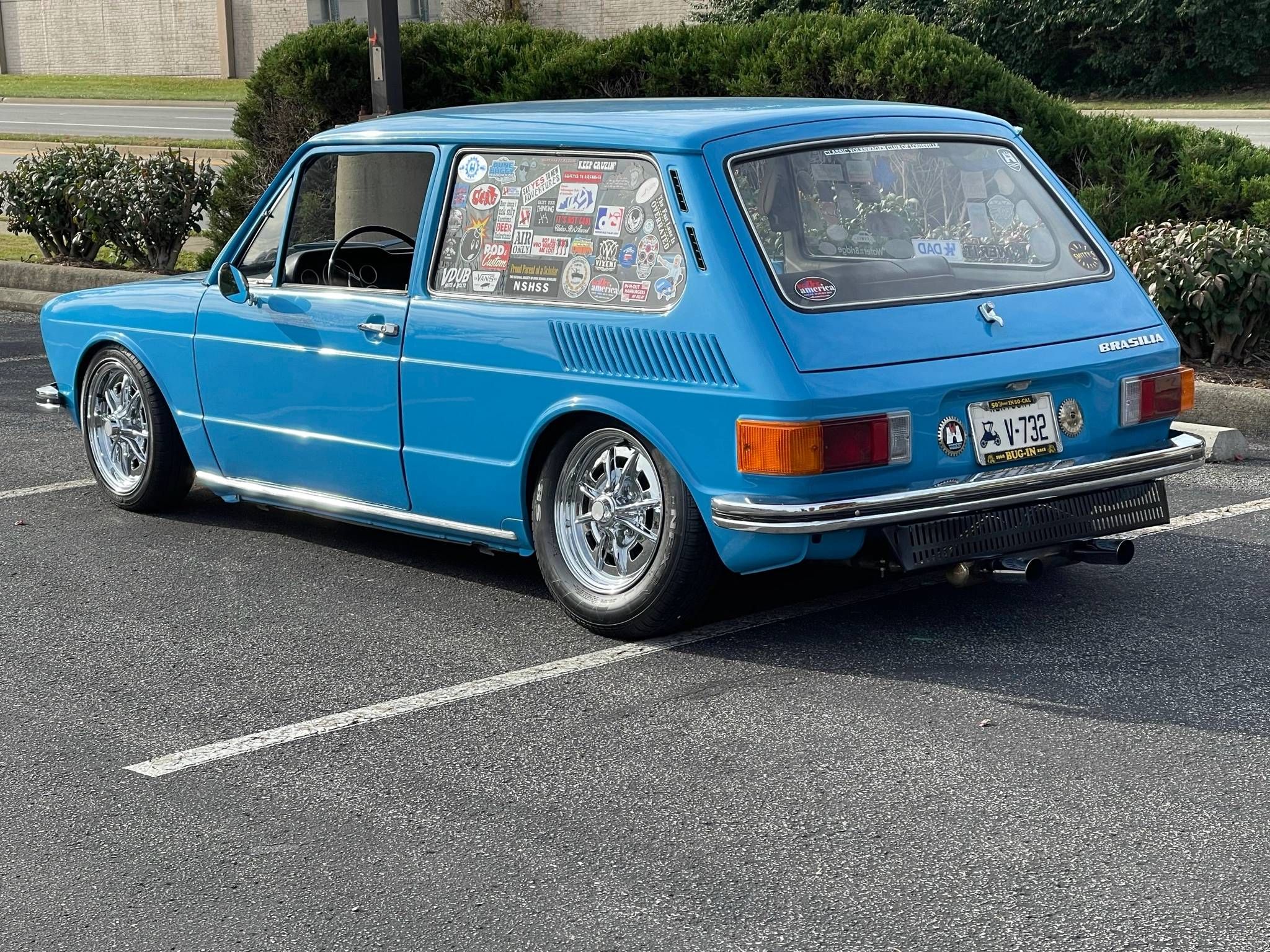The Volkswagen automobile company has earned a reputation for producing durable and reliable vehicles. One of their most iconic cars that took the brand name far and wide is the Volkswagen Beetle, it was rolled out in 1938, and it went on to become their all-time bestseller. After over six decades of production, it was discontinued in 2003.
In the 50s, Brazil was one of the most important markets for Volkswagen. The first set of the Beetle — 30 in number — touched down at the Port of Santos in September 1950. This first set was sold for three times the intended price; this sent a strong message to Volkswagen about what could be if the Brazilian market is taken with an iron grip.
In March 1953, about three years after the first set of the Beetle or Fusca as it was fondly called in the country arrived, the first overseas assembly plant of the company Volkswagen do Brazil opened in Brazil primarily for the production of the Beetle and the Classic VW van.
In this article, we will take a look at how the Beetle inspired the creation of a Brazilian variant of the car christened the Brasília — named after the capital city of Brazil and some of the car's outstanding features.
Overview Of The Volkswagen Brasília
The Beetle is known worldwide for many things, including mechanical simplicity, reliability, and resilience, which endeared it to the masses, consequently leading to over 21 million copies of the car sold worldwide.
The two-door rear-wheel drive compact car was the most popular in Brazil for decades, and it propelled Volkswagen to the hallowed position of the European automaker with the highest turnover. However, in the late 60s, the car's charm started fading, and sales slumped. This spurred the introduction of the Brasília, a modern version of the iconic car, to the Brazilian market in the early 70s.
While developing the Brasília, 40 different prototypes were made. When none couldn’t make the cut as the “one,” the best features of all the prototypes were brought together to make the Brasília.
The outcome of this experiment looked like a fusion of the Beetle, the Karmann Ghia, and the Volkswagen 412. The car was finally launched in 1973, and just like its close predecessor, it took over the South American market like wildfire.
The New Brazilian Beetle Had Unique Features
When the Brasília was introduced, it was marketed as a small delivery van to take advantage of the lower tax rate on trucks in Brazil and even had a 5-door option available – this affected the sales for a moment until the tag was dropped. It was exported to other parts of South America and European countries like Portugal and Spain. The five-door version was marketed in Nigeria and earned a local name — Igala.
The Brasília had the 54 horsepower, air-cooled engine of the Volkswagen Beetle: a flat-four cylinder, 1.3-liter air-cooled boxed engine with a single carburetor paired with a four-speed gearbox — the engine was later updated to 1.6 liters it sat on the chassis of the Volkswagen Karmann Ghia, and it was styled like the Volkswagen 412. The Brasília can be considered the final stage evolution of the Beetle concept from the 1930s in Brazil.
In 1980, Brasília got the option of the flex-fuel engine, an Ethanol-powered engine; the engine can run on ethanol, regular fuel, or a mixture of the two regardless of the ratio. The flex engine had 1300cc and 49hp.
A dual-circuit braking and collapsible steering modified for collision safety replaced the front disc brakes and drum brakes on the rear wheel in 1977.
The dual Carburetor option was introduced in 1974 and could run 10.4 km with one liter of gasoline on a highway — extremely economical even among cars with small-displacement engines. This outstanding fuel economy aided its popularity among the masses. By 1984, one million copies of the Brasília had been rolled out of the Volkswagen factory in Brazil.
The Volkswagen Brasília: A Blend Of The Old And The New Realities
The Brasília embraced the in-vogue style of the hatchback over the heavily curved body style of the Beetle — it was more suitable for hauling small luggage — and its front compartment was updated to accommodate more gears.
The Brasília, though, looked cosmetically different from the Beetle. Still, it was based on the underlying principle used in constructing the indestructible Beetle: It retained the mechanical simplicity of its predecessor, its practicality, low maintenance needs, its fuel economy, and also its power, but it was made to attend to the more pressing needs of everyday Brazilian families and people which is a need for more space for a passenger, a bigger family, and luggage.
Although the Brasília never enjoyed the same kind of popularity and attention as the Beetle in Brazil, it still recorded over a million sales — not bad for a car produced by just a division of the Volkswagen. One cannot help but wonder how successful Brasília would have been if it enjoyed the same marketing energy the Beetle enjoyed worldwide.

